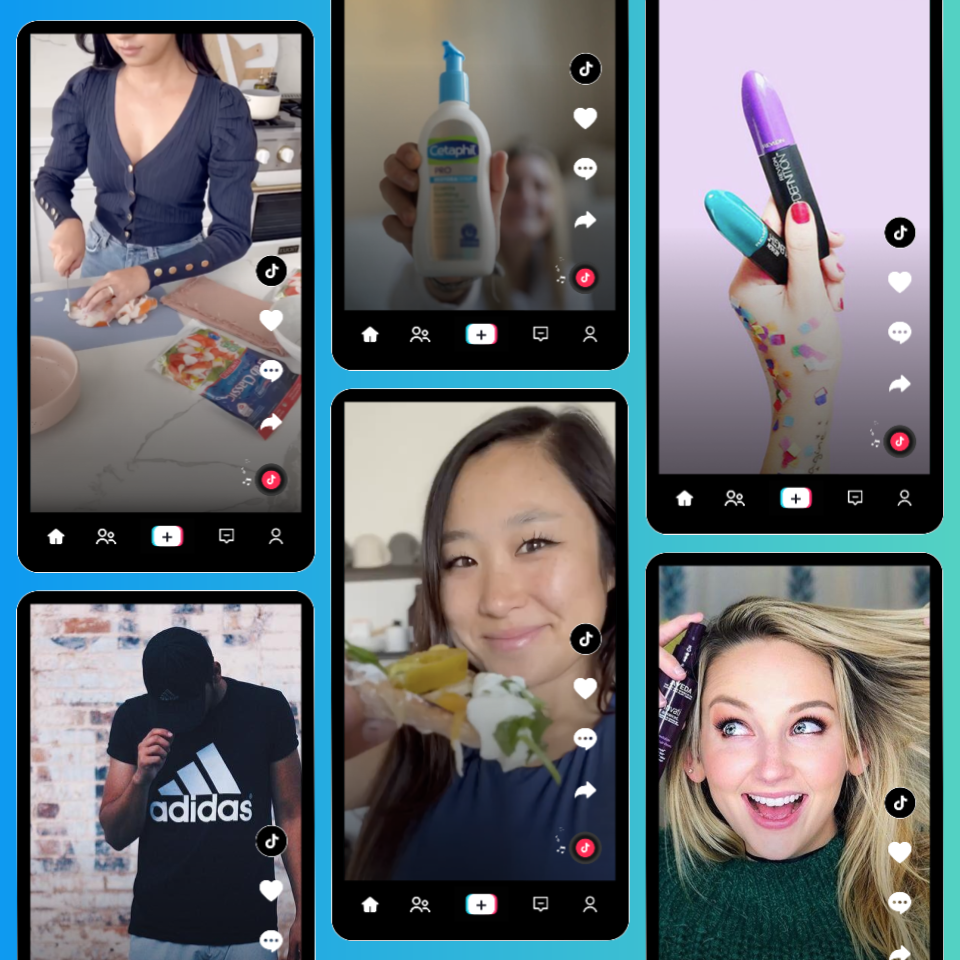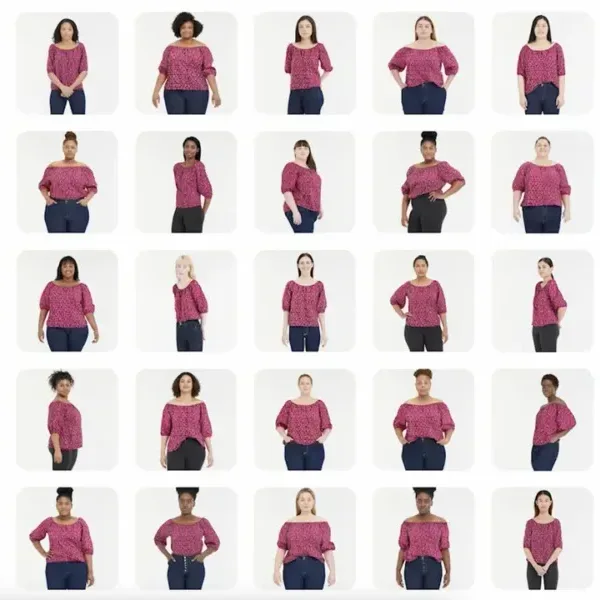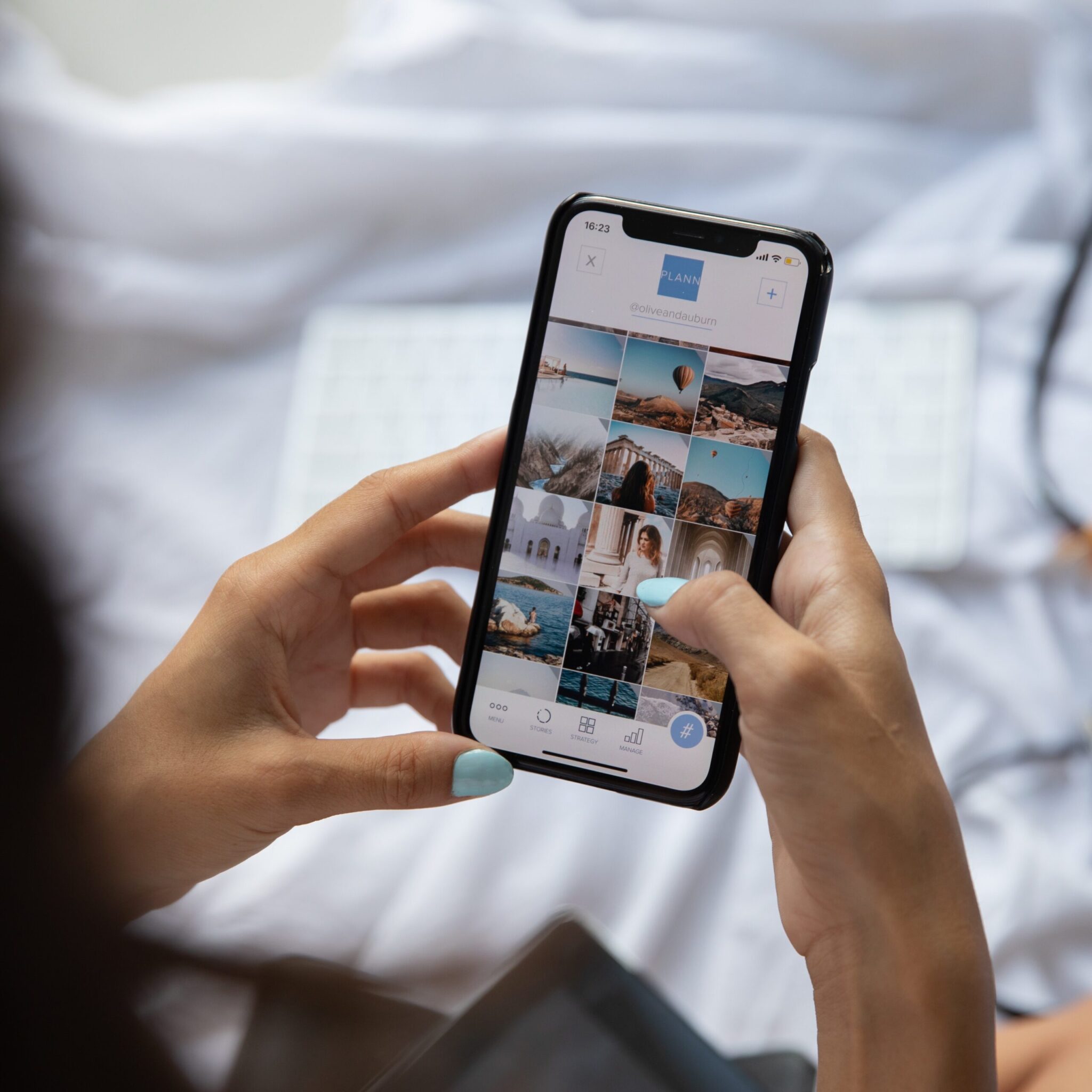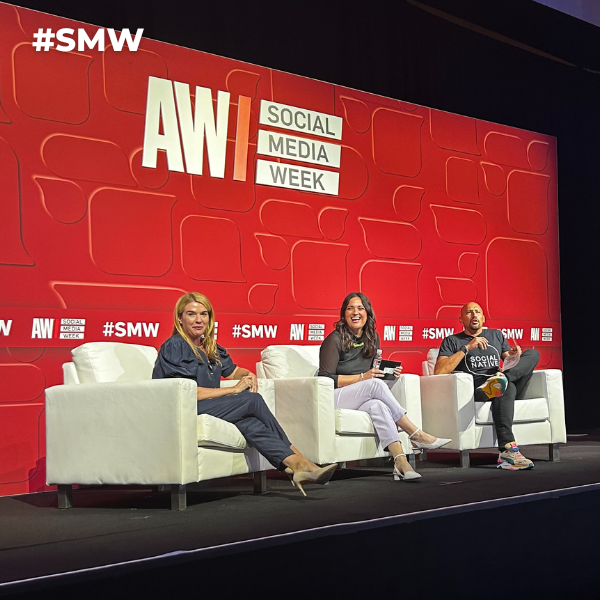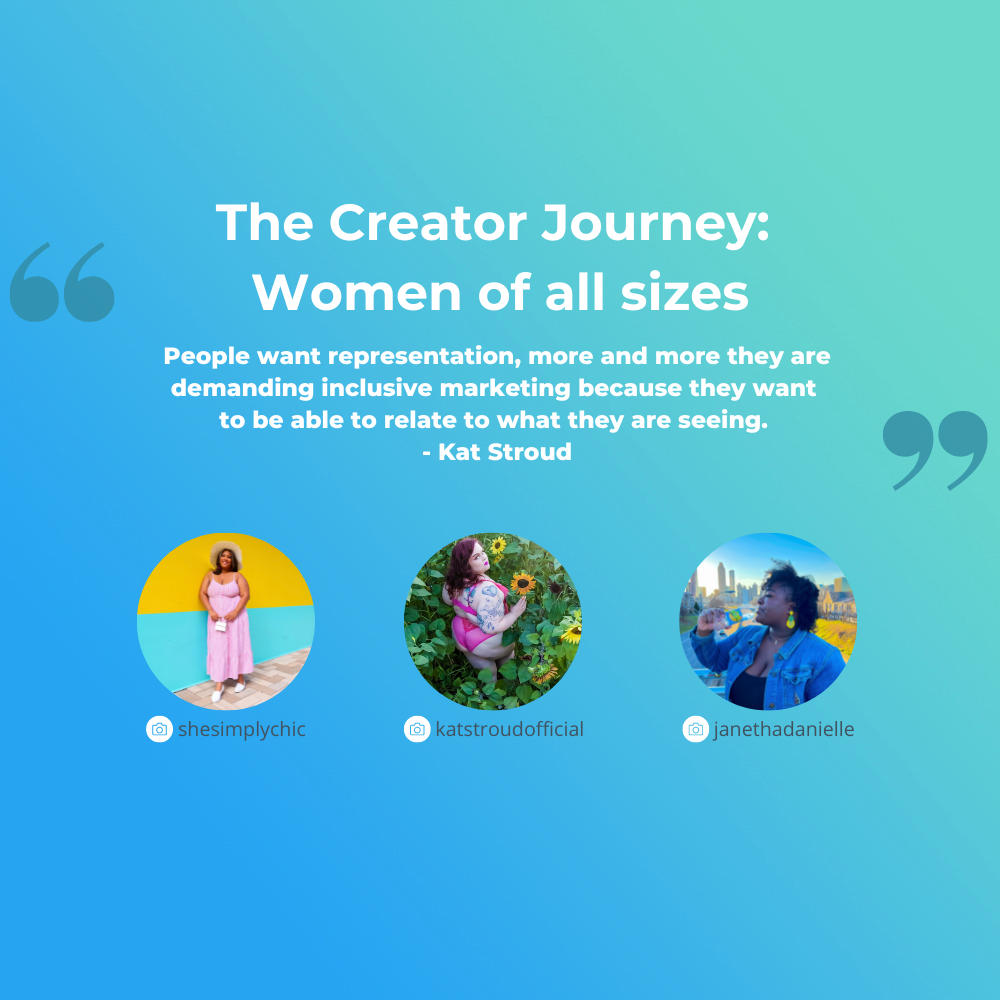Return rates are growing faster than revenue growth rates for 91% of retailers, per a new report. In the U.S., consumer returns now account for a whopping 16.6% of total U.S. retail sales.
There are many reasons shoppers decide to return, some of them outside the retailer’s control. For example, an uptick in bracketing—an ecommerce shopping behavior where customers buy multiple products with the intent of returning at least one item—has caused recent financial strain, especially for apparel companies.
While it’s difficult for retailers to correct shopper-based return issues like impulsive buying, brands can alleviate more than half of common return reasons by utilizing the full potential of user-generated content (UGC). With online returns costing brands 21% of average order value, here are some key ways to reduce return rates using UGC.
How to reduce returns with UGC
1. Incorporate UGC videos beyond the product page.
Meeting consumers where they are, with the content formats they resonate with, helps to shorten the buying cycle. User-generated video content boosts brand advocacy and credibility beyond the product page. Customer videos like tutorials, reviews, unboxings and explainer videos are instrumental in sparking purchase decisions and reinforcing accurate product portrayal.
Utilizing UGC on ecommerce and across other channels like paid media, email and social (really in as many touchpoints as possible) allows for authentic (and unfiltered) storytelling to be maintained throughout the customer journey.
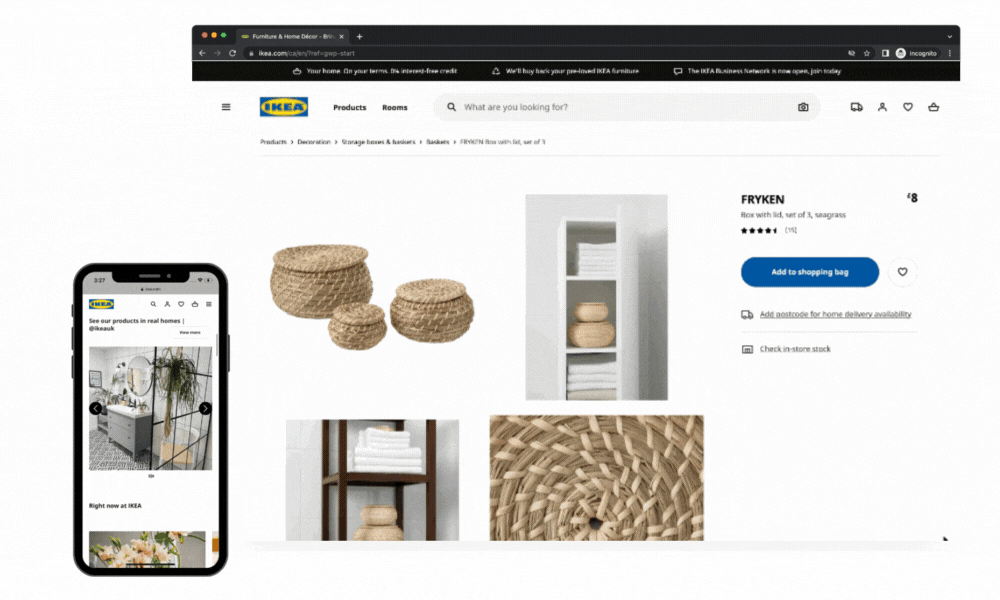

In our partnership with IKEA, the retailer was able to achieve a 2.7x higher engagement by implementing UGC across their homepage. IKEA also recorded a 3.54x higher conversion rate when a user interacted with UGC. By leveraging UGC across their social accounts they found that eight out of ten of their top-performing organic posts were sourced from UGC. For ecommerce retailers aiming to reduce returns, leveraging the power of UGC is instrumental in increasing purchase confidence and affirming product expectations.
2. Drive purchase confidence.
Ten customer images are more impactful than two customer images, in the same way that 50 reviews are more helpful than 10 reviews. Over 60% of consumers say that retailers can reduce returns by adding more post-purchase content. Seeing how different people style or use the product leads to higher purchase confidence and lowers product misinformation.
But the real question brands are asking is: How do we encourage post-purchase UGC? Brands get more user-generated content by creating more instances for customers to share content and making it more convenient to do so. Tactics like adding a Q&A section to reviews, increasing brand response to reviews or social comments, hosting customer contests or providing incentives, including “tag us” CTAs in the post-purchase journey, and resharing creator images on owned platforms can all work to increase customer images and feedback. Additionally, many brands rely on creator platforms or influencer agencies to provide high-performing UGC to meet the ever-growing content demands of today’s shoppers.
3. Personalize the buying journey.
By now, marketers know the benefits of using UGC—content created by everyday customers, creators or influencers that takes the form of images, videos, reviews, comments, social posts, etc.—versus brand-created content. In fact, millennials trust UGC 50% more than any other media, and they find it 35% more memorable compared to other forms of media. Seeing a product in real-life environments, on different body types, with various stylings, lighting or angles helps personalize the buying journey for consumers and removes some of the uncertainty behind online shopping.
In the example above, fashion retailer Aerie features a UGC shoppable gallery on their site with the social hashtag #AerieREAL to showcase real-life product environments and inspire purchase. Incorporating UGC into your ecommerce strategy is one of the most powerful ways your business can meet customer expectations and reduce returns.
4. Include UGC videos on PDPs to mimic real-life expectations.
One study found that product pages with video convert 80% better than those without. Not only does video have a profound impact on conversion, but it’s also customer preference, with 60% of consumers stating they would rather watch a product video than read a product description.
Providing customers with UGC videos can be paramount to reducing returns based on product description errors. Video mimics real life in a way that high-quality photos fall short of. With the unstoppable rise of short-form video, more and more consumers are expecting video throughout the ecommerce journey.
Scaling UGC can be very time-consuming. The right software can help eliminate most of the manual tasks associated with managing UGC by automating things like collection, content rights management and shoppable gallery implementation.
5. Diversify product images to reduce the gap between purchase expectations and reality.
Your product pages should have descriptive and informative details. Use UGC to your advantage to depict all product benefits, sizes shown in images and how consumers can best use your product. Including better details on product pages is one of the best ways to reduce returns for the estimated 39% of shoppers who say they frequently return due to the product description not accurately matching the item.
For fashion retailers, addressing sizing concerns should be a top priority. In addition to collecting UGC from existing customers, many companies choose to partner with creators and influencers to diversify product images. Hiring influencers to show off product fits on different body types, or working with content creators to highlight various product benefits, all work to accurately set customer expectations.
This article was originally published on Forbes as a Forbes Agency Council post.



